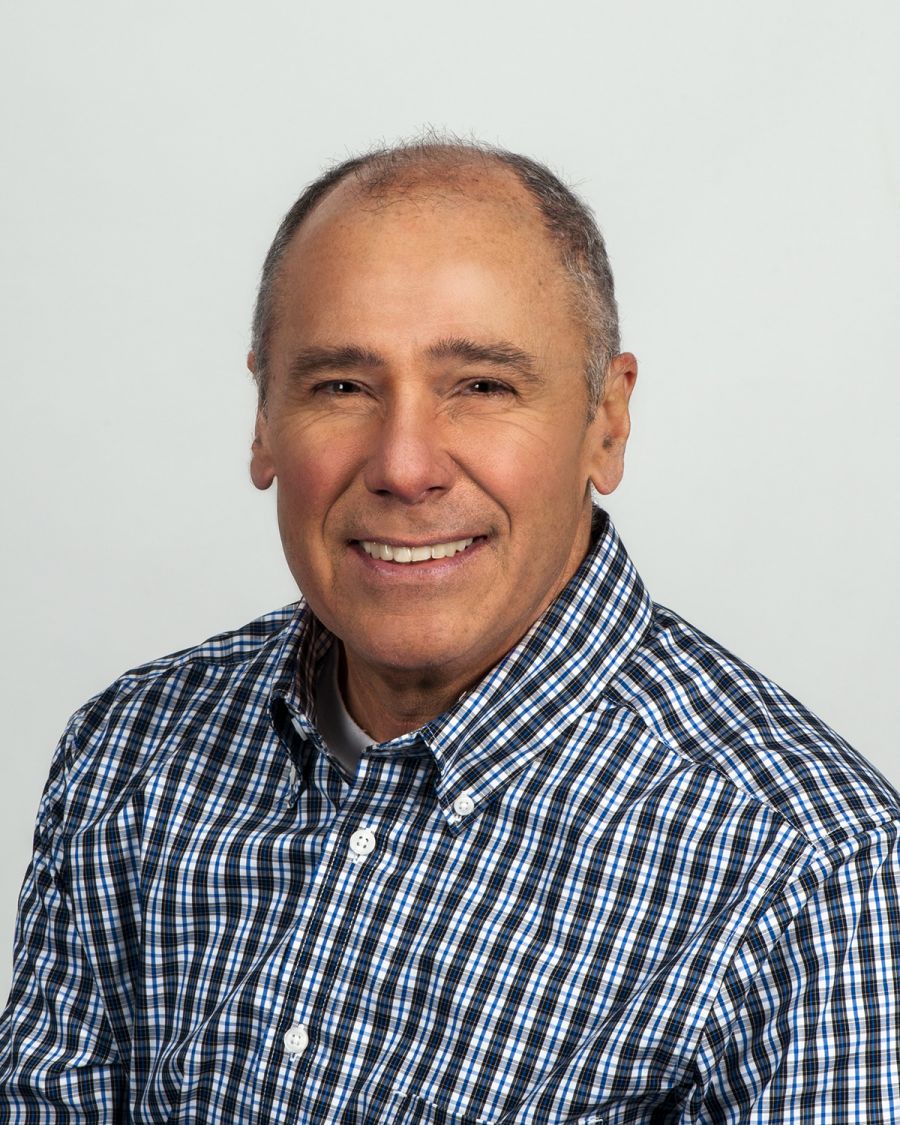


When I began to teach astronomy at Waubonsee Community College in 2011, I was curious to know what types of telescopes might be available for student use. There were some smaller telescopes that could be used but on a limited basis since each one requires some setup time. Then, I found out from Mary Edith Butler, Dean of Mathematics and Sciences, that the college had an observatory that had not been used for quite some time. So, in the middle of winter, Mary Edith Butler and I trekked through the snow to see the condition of the observatory.
We found that the main mirror, which is 16 inches in diameter, was corroded and in need of resurfacing. The interior of the building also needed repair so the circular dome and shutter would operate properly. After conducting some research, we found the builder of the dome and had them come to the observatory to replace parts and lubricate the dome so it would rotate and open. Another need was met when the college’s Campus Safety and Operations Department was able to rewire the motors of the steerable telescope so that they could track an object across the sky as the earth rotates.
Most importantly, the main mirror of the reflecting telescope needed to be removed and sent to a facility to be ground and polished. After a visit to the observatory by members of the Naperville Astronomical Association, of which I was a member, we determined who could complete the task on such a large, fragile mirror. With the help of Campus Safety and Operations we removed, packed, and shipped the mirror to a facility in Iowa. Several weeks later we received the newly polished mirror and put it back in place.
The telescope then needed to be realigned. This required the painstaking process of aiming at a small, faint object and adjusting the mirror in the opposite direction because of the simple optics. Once the alignment was complete, I was able to locate and focus on things like individual craters on the moon and several planets.
Since the improvements made to the observatory, my astronomy classes have been able to benefit tremendously. We have been out to use both the reflector and refractor telescopes to view night objects. In addition, there is a solar filter that can be attached to the refractor telescope to directly view the surface of the sun without damaging the eyes. In a community outreach effort led by our Dean, I have also hosted several school and Scout groups at the observatory who have an interest in astronomy. Even though the observatory’s use can be somewhat limited due to weather conditions, it continues to be a valuable asset to the college and surrounding communities because it allows us to see the universe in a very unique way.
Visit www.waubonsee.edu/astronomy to learn more about Waubonsee’s observatory, as well as opportunities to study astronomy at Waubonsee.

